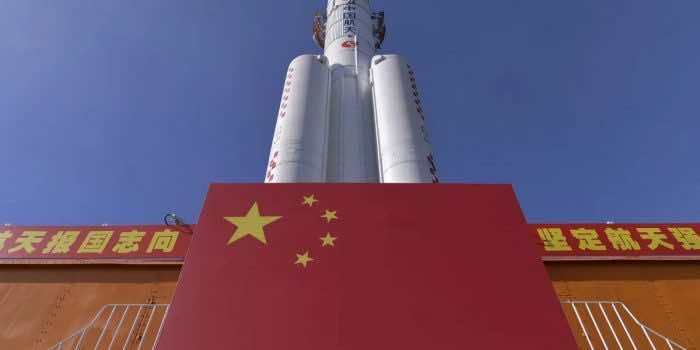It seems like China is edging closer to completing its space missions as the China Aerospace Science and Technology Corporation (CASTC) recently professed that it managed to successfully undergo the ground testing of its upcoming rocket engine. Furthermore, the corporation also made a claim that this engine would be twice as strong as that of NASA’s engine, which it will be using for the Artemis I mission. The details coming out are a little exciting because, as per the reports, this state-of-the-art engine encompasses a massive force of 25 tons and will be integrated with China’s Long March 9 rockets. All of this shows that China has drawn a thick line of comparison between NASA’s Orion Rocket and the Chinese March 9 rockets.

It should be noted that the Chinese rockets come from a family of non-useable rockets and originated from the Chinese Civil War in 1934. The engine testing that occurred on September 5 was acknowledged by Chinese officials, and CASTC even regarded it as “the world’s largest closed expander cycle engine test run.” However, in the making of these closed expander cycler rocket engines, the manufacturers had quite a difficult time due to the subsequent arising of issues, but at the same time, such types of engines hold an exceptional record in spaceflight missions.
For the conversion of hydrogen fuel into a high-pressure gas, waste heat has been used that consumes a small proportion of hydrogen fuel, thereby increasing the pressure of hydrogen and oxygen in the fuel pumps. Hence, there was one more step that fostered the conversion of this gas to be used as a fuel, and that was to incorporate it into the combustion chamber. This step makes the flow continuous and more efficient.

Moreover, Russia and China have recently collaborated to send astronauts to the moon by 2030, and the backbone of this collaboration is to manufacture their own orbital space station. You might also remember that Russia is planning to terminate its contract with the ISS (International Space Station) as it previously worked with NASA on its lunar gateway program. But in the future, Russia might be facing some issues worldwide regarding the mission because it also cut ties with NASA and the ESA as well, and to further deepen the conflict, there comes the impact of the Russia-Ukraine war. So, let’s see how Russia will tackle these obstacles and make developments in its space missions.
On the other hand, NASA has some solid plans to send humans to the moon and the mission has been divided into three steps, i.e., Artemis I (an uncrewed mission responsible for sending the Orion spacecraft to the moon for a few days), Artemis II (a mission that will contain astronauts on board), and Artemis III (the landing of humans on the moon).


